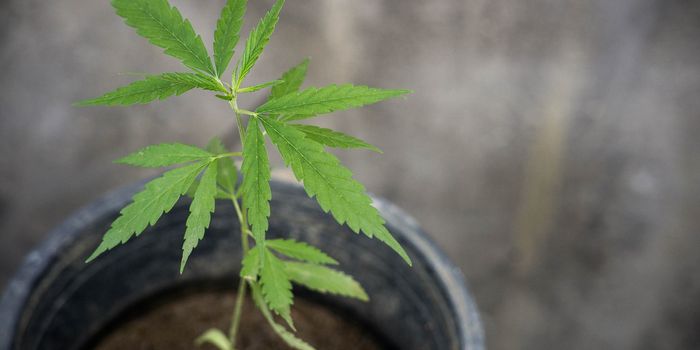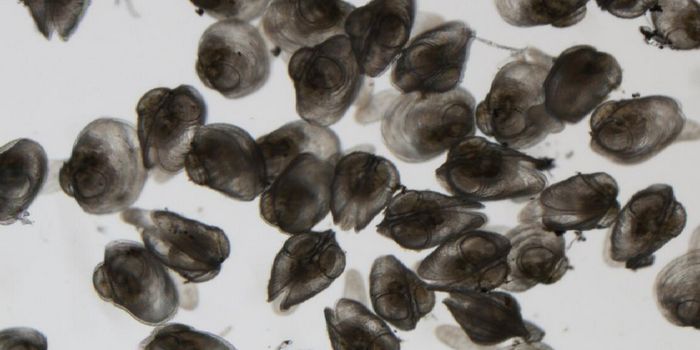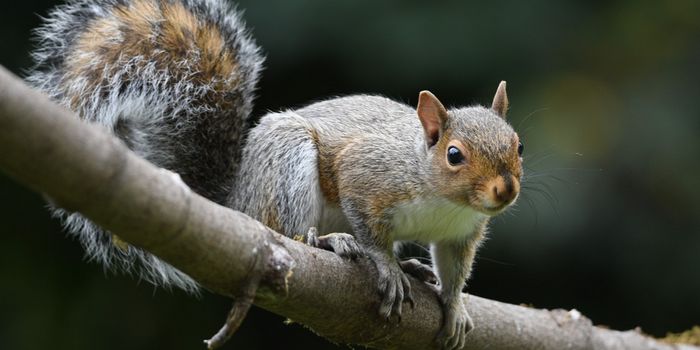Study Indicates Potential Use of Cannabinoids As a Natural Pesticide
A Cornell University study found that higher cannabinoid concentrations in hemp leaves led to proportionately less damage from insect larvae. Cannabinoids are naturally occurring compounds abundant in hemp plants. The study published in Horticulture Research provides future research direction for developing pesticides from cannabinoid extracts.
Cannabinoid-infused pesticide treatments would be limited to non-edible plants since they contain compounds such as cannabidiol (CBD), delta-9-tetrahydrocannabinol (THC), and cannabigerol (CBG). Federal prohibition and many state policies enforce strict regulations of cannabis extract uses and research.
Several research studies have discovered that cannabinoids may protect plants from ultraviolet light, pathogens, and herbivores in natural environments. According to senior author, plant breeder, and professor Dr. Larry Smart, “It has been speculated that they are defensive compounds because they primarily accumulate in female flowers to protect seeds, which is a fairly common concept in plants.” Few studies have explored the relationship between cannabinoids and their repellant and protective properties. This study provides insight into how knowledge of cannabinoid function in natural systems can guide the development of new THC-compliant hemp cultivars that ward off pests and herbivores.”
The researchers tested hemp plant applications with varying cannabinoid concentrations. The researchers found leaf-chewing insects such as cabbage looper larvae caused more damage in leaves with lower levels of cannabinoids. The heaviest damage happened when plant cannabinoid levels were low. Leaves with higher cannabinoid has less damage.
Federal regulatory restrictions constrain research on high THC potency plants, so the researchers did not test THC as a pesticide. More analysis is critical for developing knowledge of the safety and effectiveness of using a cannabinoid-derived pesticide in house plants. Regulations will continue to evolve as policymakers increasingly scrutinize pesticide residue in cannabis products.
Sources: Eureka News Alert, Cornell Chronicle, Horticulture Research








